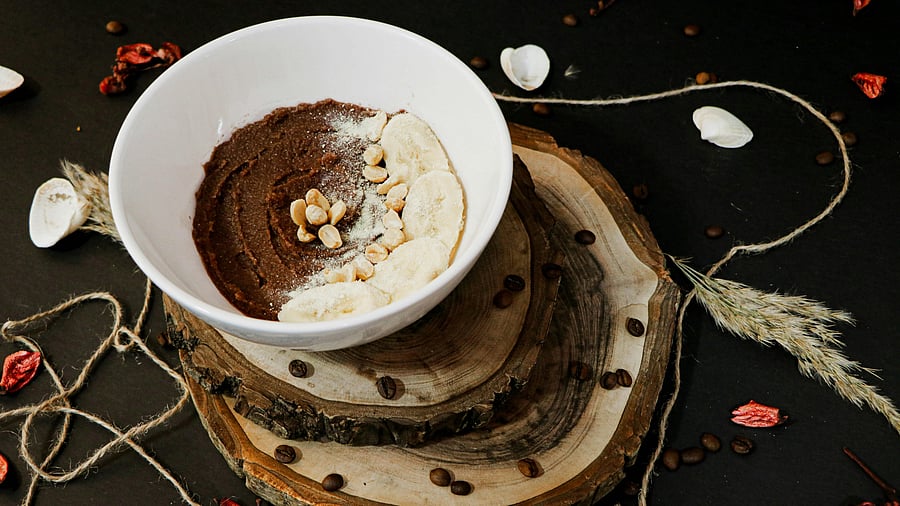
Image courtesy: Pexels
‘What gives you life also kills you eventually.’ This paradox is at the heart of oxidative stress — the root cause of various lifestyle disorders, ageing and, ultimately, death. Superfoods can help manage it by offering significant health benefits.
What is oxidative stress?
Oxidative stress is the trauma your body sustains from excessive oxidation, a chemical reaction similar to rusting iron. For example, the cooking gas burns — oxidises — producing energy.
Similarly, many bodily functions involve oxidation, the most crucial of which is burning glucose as fuel in all our cells. Without this, the cells of our body cannot get energy to power their functions: Ergo, no oxidation, no life.
Just as a fire generates smoke, energy production in the body produces toxic chemicals causing inflammation. These virulent inflammatory agents are essential for health, as they kill pathogens, destroy toxins, help heal injuries
and strengthen muscles post-exercise.
However, when excessive and prolonged, these life-sustaining processes become destructive and start harming our bodies.
How degenerative diseases begin
For diseases to develop, something has to go wrong. Often, that trigger is oxidative stress and inflammation, causing several degenerative diseases, such as high blood pressure, heart disease, diabetes, memory loss, Parkinson’s disease, fragile bones, arthritis, cancers and autoimmune conditions.
For instance, diabetes results in high blood glucose caused by the ineffective use of insulin by body cells — a condition called insulin resistance — commonly driven by oxidative stress and resultant inflammation. Once initiated, it can take up to 15 years for diabetes to fully manifest.
In Alzheimer’s disease, the brain is unable to form new memories. This occurs due to the presence of dead neurons in its memory centres, as waste products remain dumped around them.
Once again, this malfunction is caused by oxidative stress and inflammation in the neurons. Symptoms usually become apparent 15 years after onset.
Usually, we attribute distinct causes to such diseases — akin to blaming trees for wildfires.
While different approaches are necessary to deal with a wildfire and these diseases, they require the same precaution: avoiding flare-ups.
The body’s defence mechanism
Why don’t we succumb to oxidative stress and inflammation soon after birth? The body is equipped with chemicals like antioxidants and anti-inflammatory compounds, some produced internally, and others derived from food, which protect against these harmful processes.
But with age, stomach acid production reduces, thereby preventing nutrient extraction. Their absorption decreases in the gut, and the production of internal antioxidants declines. These lowered defences pave the way for illnesses and
ageing.
Phytonutrients in superfoods
Most foods give us calories, fibre, vitamins and minerals. Superfoods contain one more ingredient: phytonutrients. These potent plant compounds play many health
roles, including acting as antioxidants and anti-inflammatories. By providing additional ammunition to the body to fight against oxidative stress and inflammation, they can help prevent lifestyle diseases and premature ageing.
As degenerative diseases progress, oxidative stress intensifies their progression, and unlike malaria, conditions like dementia or cancer don’t heal on their own. By dousing oxidative stress, superfoods complement the medicines in treating such diseases.
Some powerful superfoods are vegetables like carrots, spinach, beets, tomatoes, onions, carrots, moringa and Shimla mirch or bell peppers; fruits such as pineapples, pomegranates, jamuns, amla, oranges and papayas; and spices like garlic, ginger, saffron, cinnamon, clove and turmeric.
Health benefits of superfoods
Unlike medicines, which are specific to treating a particular disease, superfoods address the root cause of oxidative stress. Each superfood addresses multiple conditions. Ginger benefits in digestive disorders, cancer, heart disease, hypertension and diabetes, while beets have benefits for certain cancers and
disorders affecting the brain, eyes and heart.
The obverse is also true. Many hair and skin disorders are alleviated by aloe vera, amla, Shimla mirch, carrots, coconut and turmeric. If such a disparate group gives similar benefits, we may need to rethink how diseases are categorised.
For fragile bones, studies have identified the benefits of garlic, ginger, cinnamon, tomatoes, Shimla mirch and green tea — all of which are poor sources of calcium and vitamin D. Let’s face it: Osteoporosis is an inflammatory disease, not just a calcium deficiency and those superfoods are packed with bone-protective anti-inflammatory compounds.
How to use superfoods
The responsible approach to using superfoods is to add them to your diet. If you plan to consume them for specific health disorders, get your doctor’s permission first. Some foods, like garlic, can increase the effect of your medicines, causing excessive bleeding when taken with blood thinners.
Your doctor might advise that cinnamon cannot lower blood glucose, yet recommend avoiding it to prevent your blood glucose from stooping too low, which could lead to
fainting. Listen to them, even if you realise that the two sentences are contradictory.
Eating the same foods every day as drinking spinach soup daily can become boring and unsustainable. It’s better to mix things up by choosing a variety of fruits and vegetables. Some plant compounds in a fruit or vegetable are unique: jamboline in
jamun, safranal in saffron, EGCG in green tea, bromelain in pineapple, betalain in beets, gingerols in ginger, curcumin in turmeric and umbelliprenin in hing (asafoetida). Each works slightly differently and offers a few unique benefits.
Who should eat superfoods?
Most people worry about their health only when something goes wrong. However since several lifestyle disorders take 10–20 years to develop, one should start focusing on their health in their 20s, rather than waiting for symptoms to appear in their 40s or 50s. Regularly consuming superfoods can help you maintain an active and disease-free life well into your older years. Superfoods are low-hanging fruits, vegetables, spices and herbs for both lifespan and healthspan.
(The author recently published Superfoods, Super Life: 20 Indian Ingredients to Prevent Disease & Uplift Your Health with Pan Macmillan India.)